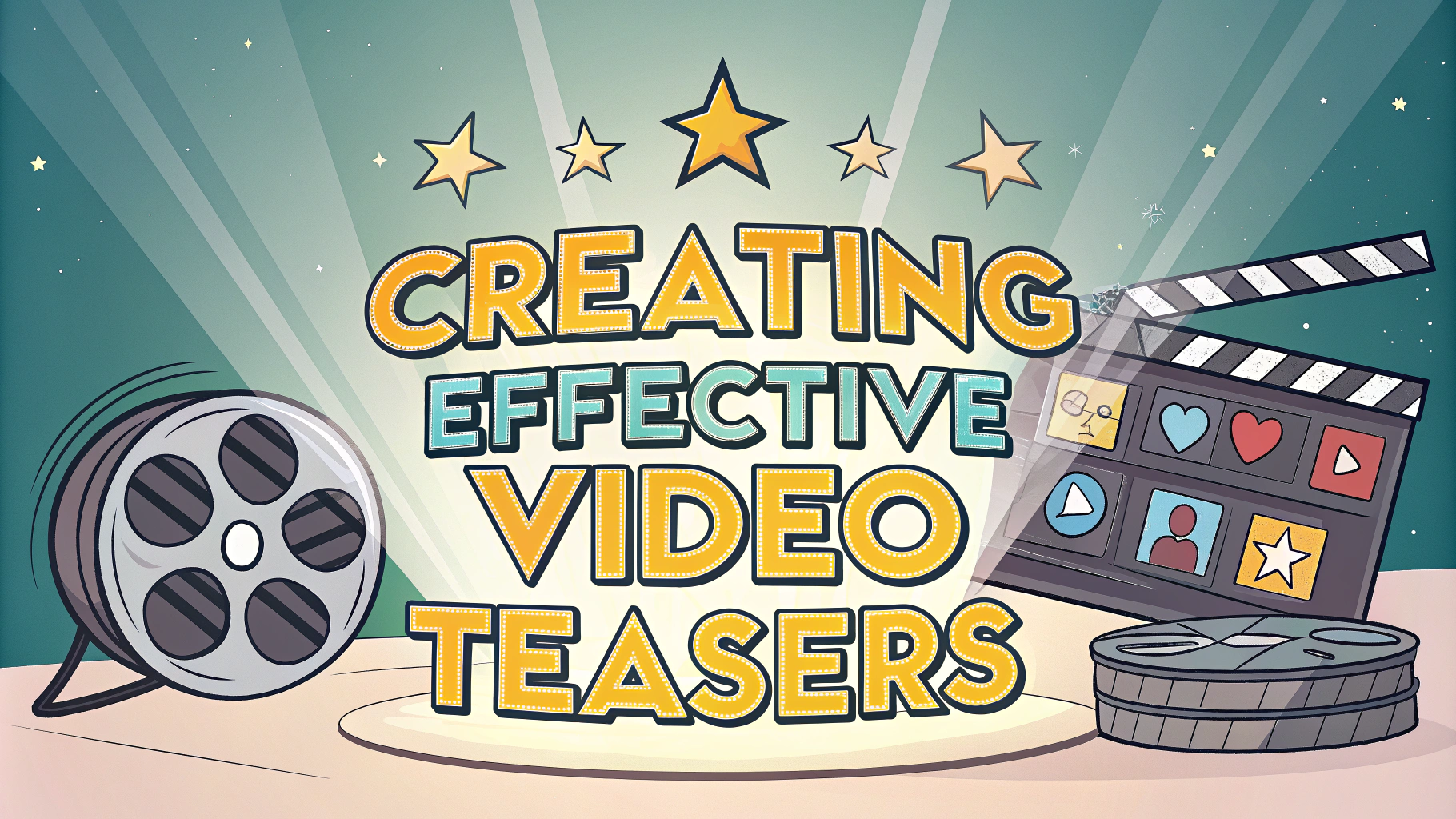Audio editing transforms raw podcast recordings into polished, professional content that keeps listeners engaged and coming back for more.
Learning advanced audio editing techniques helps podcasters stand out in an increasingly crowded space while delivering higher quality content to their audiences.
This guide covers essential audio editing techniques and tools that take your podcast production beyond basic cutting and trimming.
Essential Audio Editing Software
- Adobe Audition ($20.99/month) – Professional-grade editing with powerful noise reduction
- Logic Pro X ($199.99 one-time) – Full-featured DAW with excellent plugin support
- Hindenburg Pro ($375/year) – Purpose-built for podcast editing
- Reaper ($60 one-time) – Affordable yet powerful option with customizable interface
Advanced Editing Techniques
Apply compression to even out volume levels between speakers and create consistent audio levels throughout your episode.
Use EQ to enhance voice clarity by boosting frequencies around 2-4kHz while cutting problematic frequencies below 100Hz.
Remove background noise with spectral analysis tools to identify and eliminate specific frequency ranges causing issues.
Workflow Optimization
- Create templates with pre-configured effects chains
- Set up keyboard shortcuts for common editing tasks
- Use batch processing for repetitive operations
- Implement a consistent naming convention for files
Mastering for Different Platforms
| Platform | Format | Target Loudness |
|---|---|---|
| Spotify | MP3 320kbps | -14 LUFS |
| Apple Podcasts | MP3 256kbps | -16 LUFS |
| YouTube | AAC 256kbps | -13 LUFS |
Advanced Effects Processing
- De-essing – Reduce harsh sibilance in voice recordings
- Multi-band compression – Control specific frequency ranges independently
- Parallel compression – Blend compressed and uncompressed audio for natural dynamics
- Reverb – Add subtle space to dry recordings
Recommended Signal Chain
- Noise reduction
- EQ (high-pass filter)
- De-essing
- Compression
- EQ (tonal shaping)
- Limiting
Taking Your Audio to the Next Level
Consider investing in professional mixing services for complex episodes or when time is limited (Sweetwater Studio Services offers podcast mixing starting at $75/episode).
Join audio engineering communities like Gearslutz Podcast Production Forum to learn from experienced professionals.
Schedule regular maintenance for your editing setup, including software updates and plugin organization.
Time-Saving Automation
Implement automation tools and scripts to handle repetitive tasks like noise reduction and loudness normalization across multiple episodes.
- Batch processors for applying consistent effects chains
- Automated backup systems for project files
- Scripts for file conversion and export presets
- Automated quality control checks
Advanced Audio Restoration
Common Issues and Solutions
- Room Echo – Apply convolution reverb removal
- Clipping – Use specialized declipping algorithms
- Cross-talk – Implement phase cancellation techniques
- Mobile Recording Artifacts – Apply specialized mobile noise reduction
Quality Control Checklist
| Element | Target Range | Priority |
|---|---|---|
| Peak Level | -1.0 dB max | High |
| Dynamic Range | 10-12 dB | Medium |
| Signal-to-Noise | >40 dB | High |
Elevating Your Podcast Production
Regular practice with advanced editing techniques will improve your efficiency and output quality. Stay updated with industry standards and new tools through continuous learning.
Consider creating documented procedures for your editing process to maintain consistency across episodes and enable collaboration with other editors.
Remember that great audio editing should be invisible to listeners while enhancing their overall experience with your content.
- Monitor industry trends and platform requirements
- Build a network of fellow podcast editors
- Regularly update your skills and tools
- Maintain backup systems for all project files
FAQs
- What audio file format is best for podcast editing?
WAV format is ideal for editing due to its lossless quality, while MP3 (320kbps) is best for final distribution. Always edit in WAV and export to MP3. - How can I remove background noise effectively?
Use noise reduction tools with a noise profile sample, apply a noise gate for consistent background noise, and consider plugins like iZotope RX for advanced cleanup. - What’s the ideal audio level for podcast export?
Target -16 LUFS for stereo and -14 LUFS for mono podcasts, with peaks no higher than -1 dB to prevent distortion and maintain streaming platform standards. - How do I fix audio sync issues between multiple tracks?
Align waveforms visually, use sync markers at loud sounds like claps, or utilize automatic sync features in your DAW (Digital Audio Workstation). - What’s the best way to handle multiple speaker volumes?
Use compression to even out volume differences, then apply track-specific gain adjustments. Consider using a limiter on the master track. - How can I improve voice clarity in my podcast?
Apply EQ to boost frequencies around 2-4kHz for clarity, cut below 80Hz to remove rumble, and use gentle compression with a 2:1 or 3:1 ratio. - What’s the most efficient way to remove filler words and breaths?
Use strip silence features in your DAW, keyboard shortcuts for quick cuts, and spectral editing to identify and remove unwanted sounds visually. - How do I properly mix background music with voice?
Use sidechain compression to duck music under speech, keep music at least 15-20dB below voice levels, and ensure music fades are smooth and natural. - What’s the best approach to batch processing multiple episodes?
Create templates with your standard effects chain, use macro functions for common edits, and consider batch processors like Adobe Audition’s batch processing feature. - How do I prevent audio clipping during recording and editing?
Record with peaks around -12dB, use limiters during editing, and monitor your master output to stay below -1dB at all times.








